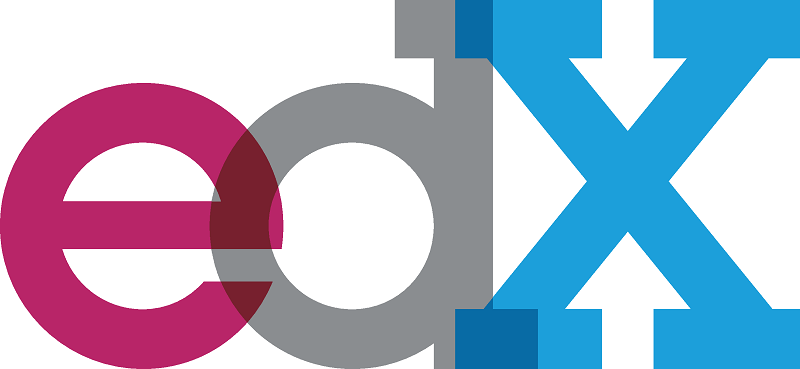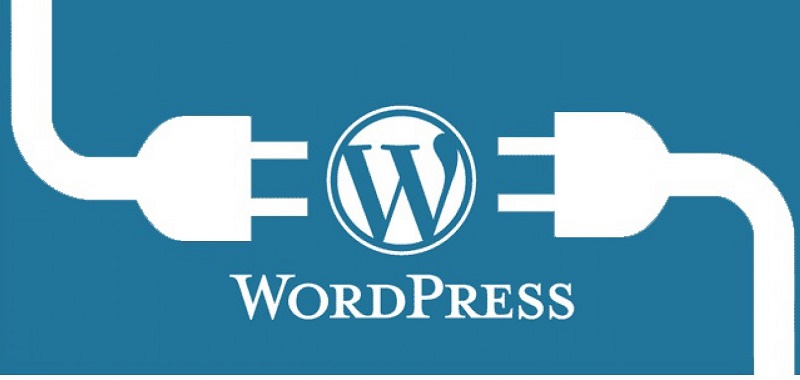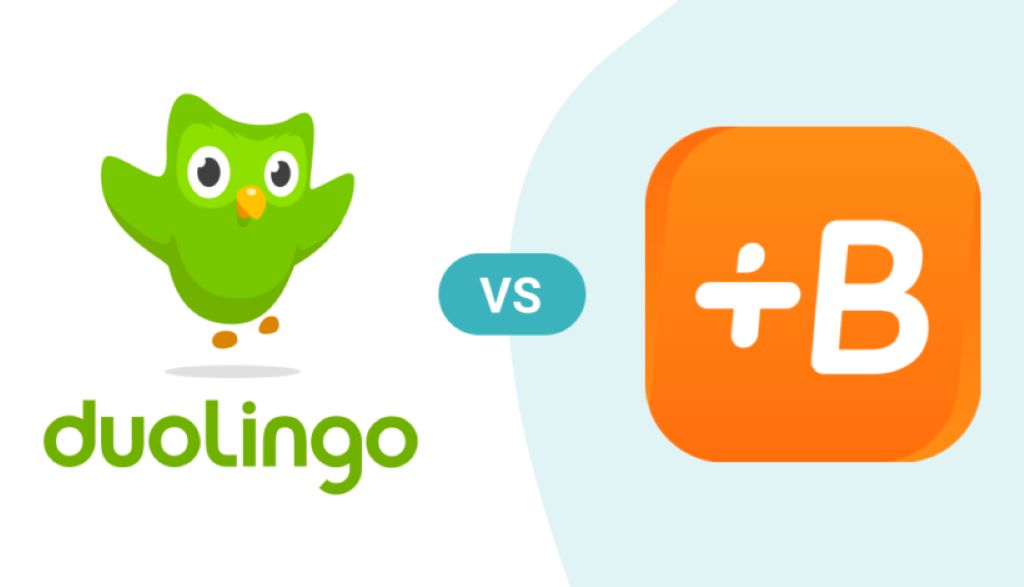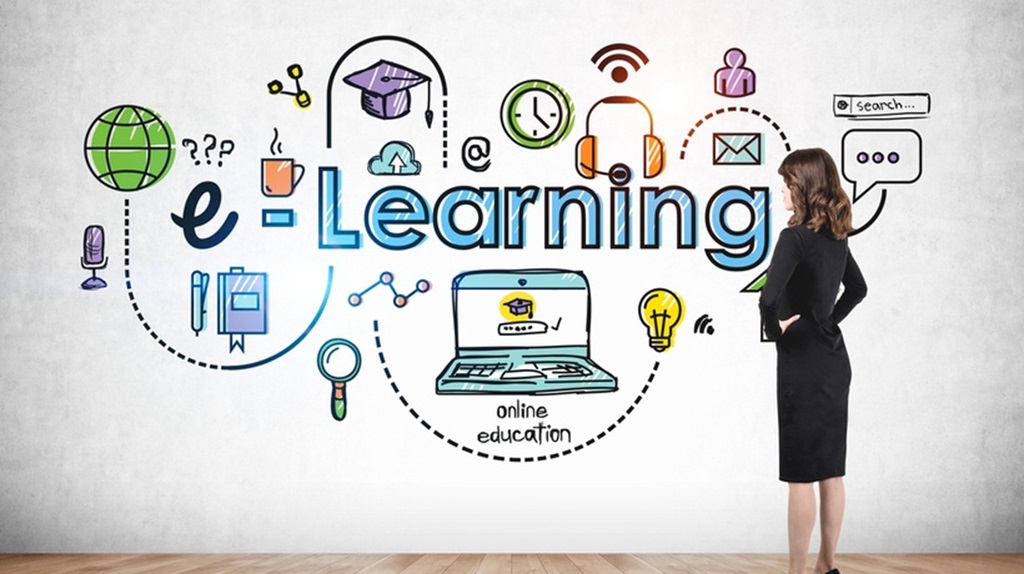Every year, since 2008, Jane Hart organizes a survey among professionals in the area, which aims to determine what are the 100 best tools for e-Learning of the current year. To vote, you must define your list with your 10 favorite tools of e-Learning and then decide how you want to participate.
I have decided to vote with this last option since this way I also take advantage of telling you the reason for my selection. If you dare to participate, here you can see the results of 2014 and on this page. You can see the different participation options.
My 10 Favorite e-learning platform
1. GOOGLE
It is difficult to overcome Google since it is the tool that opens the doors to information. It is true that it has many things to improve, especially in the organization and classification of content that is not in English. I already commented in the entry on Neuroscience and the myth of learning styles, that you get radically opposite information, at least on the first page of Google results, if you perform the same search in English and Spanish.
The knowledge is in English and that makes it even more critical that we develop the digital competence that allows us to filter the information and perform a critical analysis of what we read, especially those of us who are dedicated to education and training. And also, by the way, learn English.
2. TWITTER
Those who do not know Twitter, have a certain hobby, possibly because those who become famous in this social network are the ones who screw up and turn their tweets into conversations that everyone talks about ( trends topics ). However, it does not seem fair to blame the tool of the use that most people make of it (and in that, I will not discuss, yes, it is sadly the majority).
I like to explain why Twitter is one of my favorite tools to learn by making an analogy : imagine that you are going to live in a neighborhood where you are able to choose each and every one of your neighbors and your selection criteria is based on the conversations you have with them and in their interests, whether professional or leisure. Also, imagine that you order those neighbors by street: in the street, 1 will live the neighbors that are for me a reference in education issues, in the perpendicular street will live the experts in e-Learning, in the front, the experts in WordPress.
Oh, and if in time, some of those neighbors start to talk or talk about things that do not interest me, I expel them from the neighborhood.
On Twitter you choose your neighbors, organize them into lists according to the topics they talk about and if you do not like what they tweet, you delete them.
When you decide to use twitter to follow people who have your same interests or are recognized worldwide for their contributions in your area of knowledge, then there will be a day when they share interesting content with you or interact with them or create content from which you will find out quickly.
3. EDX
The universities of Harvard and MIT are not the best in the world by chance: they have spent their entire history betting on talent, innovation, and research. With edX they have also opted to share their greatest value: the knowledge of their professors and researchers, opening what, from my point of view, is the web of mass open online courses ( MOOC ) of reference worldwide in education courses. I am this specific because I have only enrolled in education courses, the rest I can not comment.
I say this both from the student’s point of view and from the professional perspective: they have developed a consistent, proven methodology that is in permanent analysis, with which, without having been the first to reach the market (see Coursera below), They have taken the lead in terms of quality and methodology.
I will not go into the subject of its profitability as a project. Of course, I am deeply grateful for its existence.
4. TED
The first time I saw a talk by Ted was the one made by Helen Pearson talking about the power of transformation of classical music. If you have not seen it, please, give yourself this wonder.
Ted’s people have a wonderful mission: to look for and select people who, not only stand out in their fields but who are able to inspire other people to be better. And they get it. I have nothing more to say.
5. POWERPOINT
If until now you have not been clear about my particular devotion to PowerPoint, I’ll tell you my reasons:
Although it is not a free tool, it is included in the Office package to which the vast majority of people have access to their computers. And if you had to buy it separately, its price is around $120 in its single payment (there are also annual plans) which also includes Word, Excel, and OneNote (of which I speak below). It is a price that is very worthwhile.
It allows creating all kinds of highly visual and animated educational content. If you do not believe it, watch this video, created entirely with PowerPoint. Unfortunately, it has a terrible reputation given that most people use predefined PowerPoint templates to make presentations, which should be punishable by jail time.
You can use PowerPoint and forget about 99.99% of the tools and Apps that you see every day on the web and that are specifically designed to create infographics, videos, animations, presentations, etc. If you learn to use PowerPoint as a real crack, you will be able to produce interactive content of high technical quality, including all the formats that I have mentioned.
6. WORDPRESS
I could not miss WordPress among my 10 favorite tools of e-Learning, for several reasons:
It allows anyone to create their own blogs or websites. Specifically speaking of e-Learning, in WordPress.org you can create your own training platform.
As you learn to use WordPress, you will also be able to understand the logic behind a website and when you create content, you will learn to put yourself in the place of those who read you. For me, a fundamental digital competence.
Most of the best blogs about e-Learning are created in WordPress. There must be a reason.
7. WIKIPEDIA
What else can be said about Wikipedia that has not already been said? It is the largest encyclopedia in the world, which, in addition to being free and open to everyone, is updated daily, by people like you or me who actively collaborate in its management.
The old encyclopedias of 20 volumes and annual editions have remained in the past, it is impossible to compete at this level with Wikipedia. Although it costs to assume it.
8. COURSERA
While above I have spoken of edX as the best MOOC website for the quality of its content and methodology, Coursera was the first of its kind and differs from edX in that it is more open to other universities in the world that want to participate in your organization, currently more than 100 institutions throughout the world have developed courses for Coursera.
The fact of being open to all the universities that want to participate is an advantage that turns against you when we speak in terms of quality and methodology. From my point of view, it is below edX because it is much more difficult to control the quality of the contents and the technical aspect of the courses when you have so many offers.
9. CAMTASIA
Undoubtedly, the content format most consumed and best valued in e-Learning is currently the video and all of us who are dedicated to education and training have to learn, sooner rather than later, to manage video editing tools. Camtasia is one of the best video editing tools available in the market, with it you can create high-quality videos in a short time.
As with PowerPoint in the creation of interactive content, there are also hundreds of apps on the Internet that promise to help you edit the videos easily, but, from my point of view, they are fast and incomplete consumption tools. It seems to me that it is worthwhile to know a lot of tools in depth, but that they are versatile and that they allow you to generate high-quality content. Camtasia, for me, is one of those few tools present in my e-Learning kit
10. ONENOTE
Basically, OneNote is a digital notebook, with all the advantages that this implies: it allows you to easily include references that you get from the internet, including the URL automatically, organize the information by dragging and dropping the resources, add or remove pages, create chapters, organize them by colors, etc. It also allows you to share these notes easily by email with other contributors. And it comes integrated into the most basic Office package. 100% recommended.














